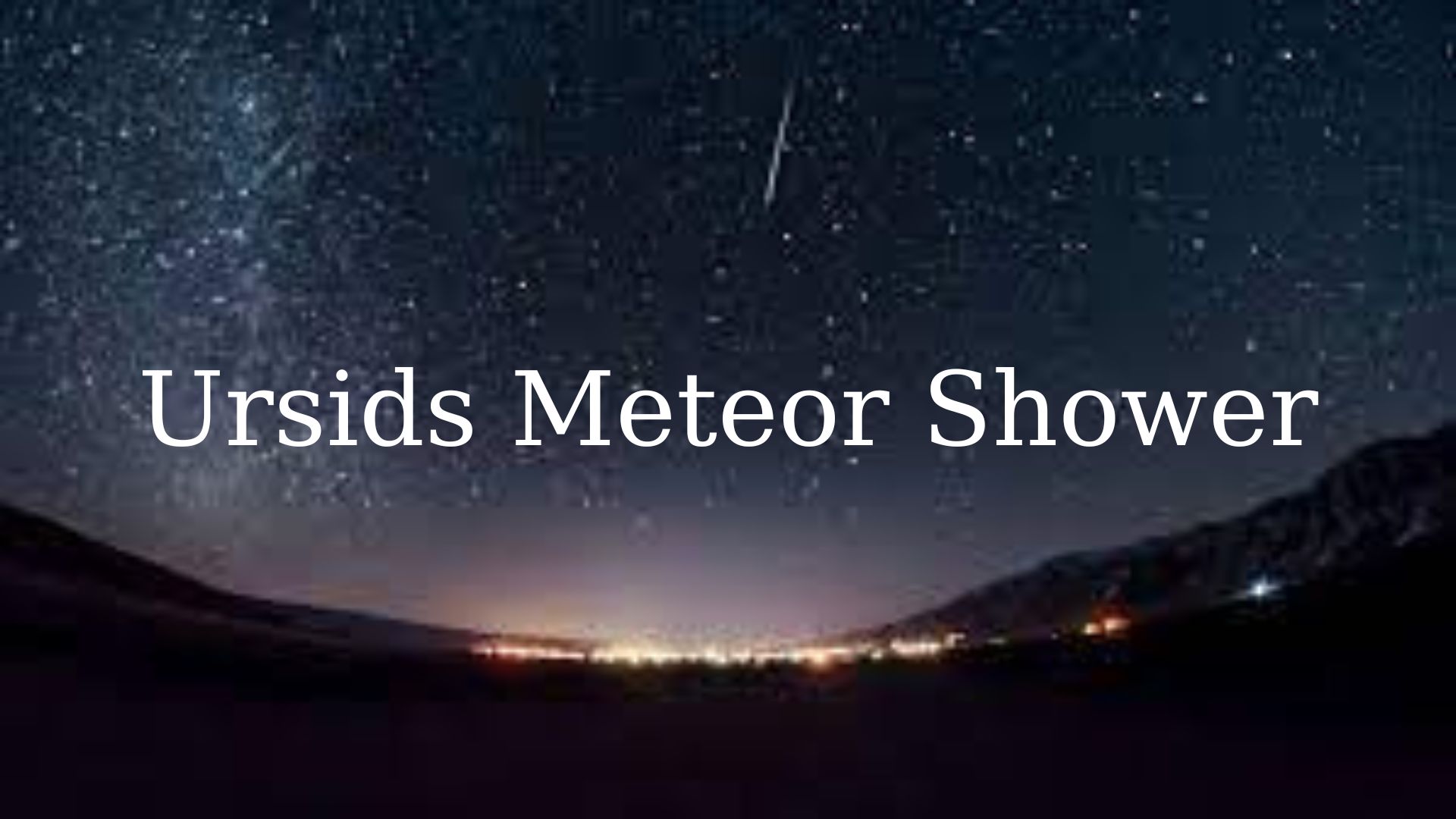The Ursids meteor shower is active annually approximately between December 13 and December 24. The shower usually peaks around just before Christmas, this year on December 22. At its peak, observers may be able to view as many as 10 meteors in an hour.
The shower is named the Ursids because the meteors seem to radiate from the direction of the constellation Ursa Minor in the sky. The Ursids are associated with the 8P/Tuttle comet, a celestial body that travels from the far reaches of the cosmos. When it gets closer to the sun, it begins to burn away and produces a long tail. It is composed mainly of ice and dust.
In the Washington DC area, the Ursids meteor shower will peak the night between December 22 and December 23 from dark to dawn.
You don’t need any special equipment or a lot of skills to view a meteor shower. All you really need is a clear sky, lots of patience, and this handy Interactive Meteor Shower Sky Map with a visibility conditions meter to see a meteor shower. The following tips can help maximize your shooting star viewing experience.
- Find a secluded viewing spot, away from the city lights and let your eyes get used to the dark.
- Dress for the weather, and make sure you are comfortable and warm, especially if you plan to stay out long. Bring a blanket or a comfortable chair with you—meteor watching can be a waiting game.
- Once you have found your viewing spot, lie down on the ground and look at the sky. You can use the Interactive Meteor Shower Sky Map or the table to find the direction of the radiant; the higher the radiant is above the horizon, the more meteors you are likely to see.
- Meteor showers appear to originate from the radiant, but meteors can appear in any part of the sky.

